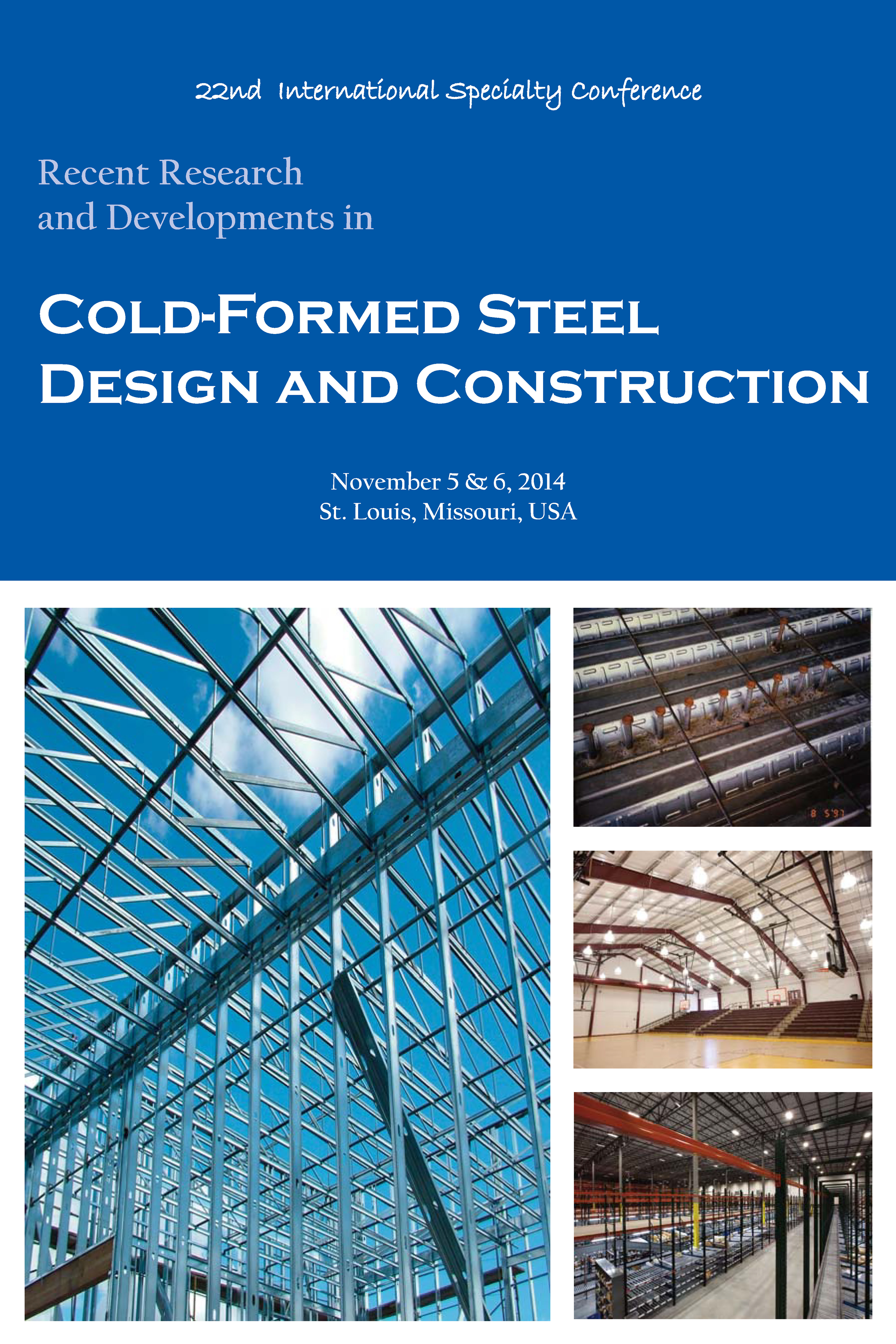Session Dates
06 Nov 2014
Abstract
Presented in this paper is a practical approach for the seismic design of mid-rise buildings with vertical combination of cold-formed steel and concrete framing. In current design practice the presence of vertical irregularities on both mass and stiffness inherited in such building structures creates a challenge for the seismic design. Currently, a two stage lateral force procedure prescribed in ASCE 7 is prescribed for evaluating the seismic load if the lateral stiffness of the lower structure of the building is considerably more rigid than the upper one. In the proposed approach the requirement associated with the two stage analysis procedure on the lateral stiffness ratio between the lower and upper structures prescribed in ASCE 7 is abandoned. The seismic design can be obtained based on the required stiffness ratio determined by the proposed approach. Two examples are presented to demonstrate the efficiency of the proposed approach. The results obtained from proposed approach are justified by the verification of the dynamic analysis. Also found in this study is that in some cases over increasing the rigidity of lower structure so that the two stage analysis procedure can be applied may lead to a design that is not only uneconomical but also unsafe.
Department(s)
Civil, Architectural and Environmental Engineering
Research Center/Lab(s)
Wei-Wen Yu Center for Cold-Formed Steel Structures
Meeting Name
22nd International Specialty Conference on Cold-Formed Steel Structures
Publisher
Missouri University of Science and Technology
Document Version
Final Version
Rights
© 2014 Missouri University of Science and Technology, All rights reserved.
Document Type
Article - Conference proceedings
File Type
text
Language
English
Recommended Citation
Yuan, X. L. and Xu, L., "Simplified Seismic Design for Mid-Rise Buildings with Vertical Combination of Cold-Formed Steel and Concrete Framing" (2014). CCFSS Proceedings of International Specialty Conference on Cold-Formed Steel Structures (1971 - 2018). 1.
https://scholarsmine.mst.edu/isccss/22iccfss/session09/1
Simplified Seismic Design for Mid-Rise Buildings with Vertical Combination of Cold-Formed Steel and Concrete Framing
Presented in this paper is a practical approach for the seismic design of mid-rise buildings with vertical combination of cold-formed steel and concrete framing. In current design practice the presence of vertical irregularities on both mass and stiffness inherited in such building structures creates a challenge for the seismic design. Currently, a two stage lateral force procedure prescribed in ASCE 7 is prescribed for evaluating the seismic load if the lateral stiffness of the lower structure of the building is considerably more rigid than the upper one. In the proposed approach the requirement associated with the two stage analysis procedure on the lateral stiffness ratio between the lower and upper structures prescribed in ASCE 7 is abandoned. The seismic design can be obtained based on the required stiffness ratio determined by the proposed approach. Two examples are presented to demonstrate the efficiency of the proposed approach. The results obtained from proposed approach are justified by the verification of the dynamic analysis. Also found in this study is that in some cases over increasing the rigidity of lower structure so that the two stage analysis procedure can be applied may lead to a design that is not only uneconomical but also unsafe.



